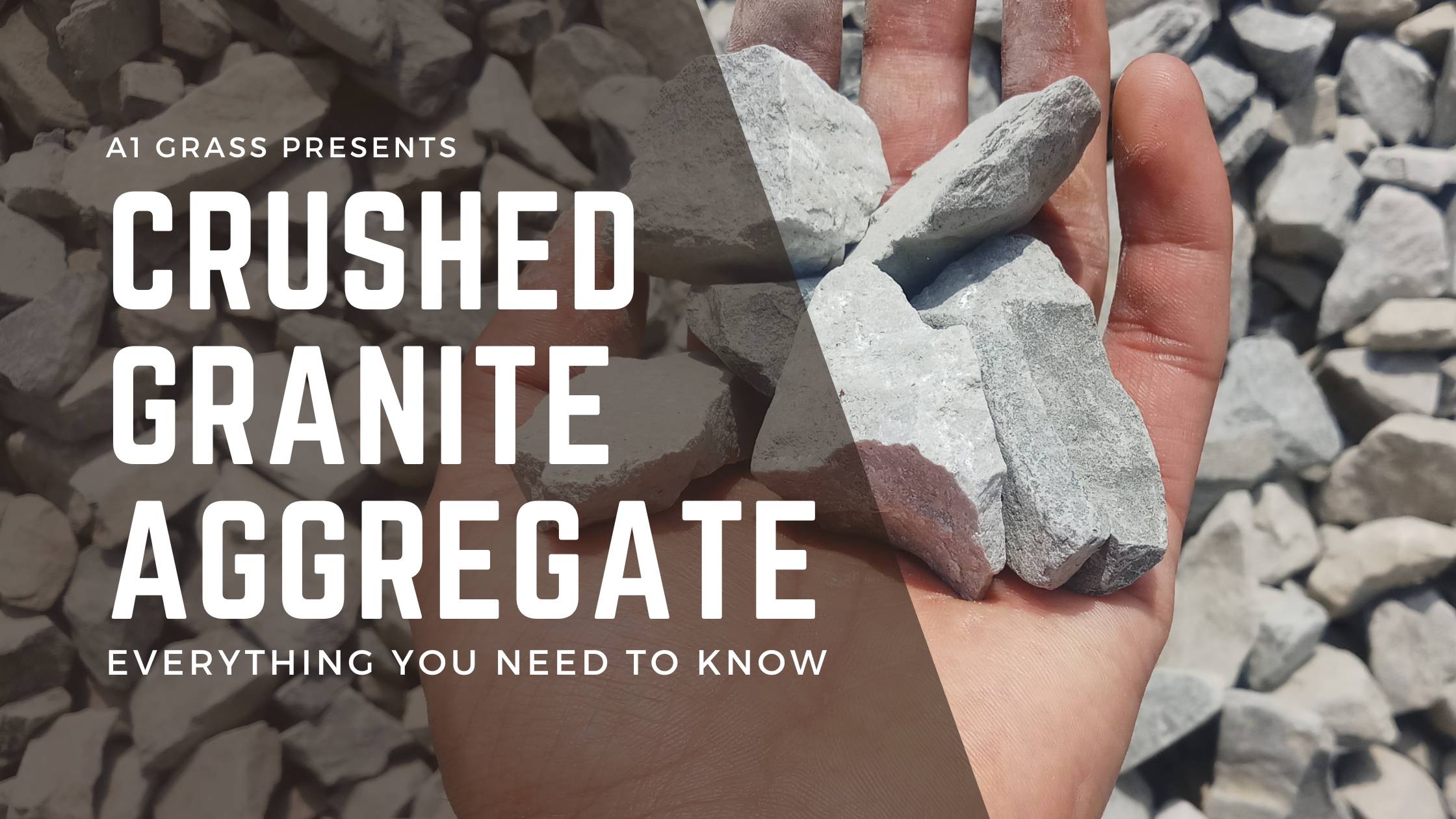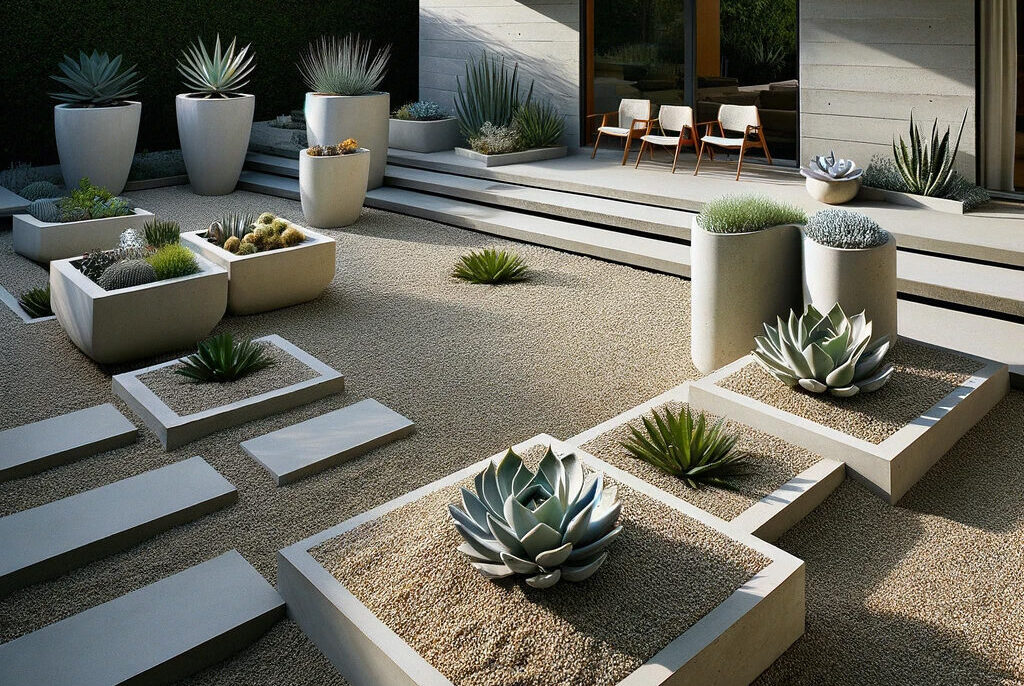If you’re looking for an eco-friendly and durable material to use in your next construction project, crushed granite aggregate might just be what you need. This natural stone aggregate is made from granite that has been crushed into small pieces and can be used in a variety of applications, from landscaping to road construction. In this article, we will delve into the details of crushed granite aggregate, its properties, uses, benefits, and drawbacks.

What is Crushed Granite Aggregate?
Crushed granite aggregate is a type of natural stone aggregate that is made by crushing granite into small pieces. The size of the crushed granite pieces can vary from 3/4 inch to dust particles. This type of aggregate is commonly used in construction and landscaping projects because it is durable, eco-friendly, and cost-effective.
Properties
Crushed granite aggregate has several properties that make it a suitable material for construction and landscaping projects. Some of these properties include:
- Durability: Crushed granite is a durable material that can withstand heavy traffic and extreme weather conditions.
- Permeability: Crushed granite is a permeable material that allows water to seep through, reducing the risk of flooding and erosion.
- Stability: Crushed granite has excellent stability, making it an ideal material for constructing roads, driveways, and walkways.
- Aesthetics: Crushed granite has a natural and rustic look that can enhance the overall appearance of any landscape.
Uses
Crushed granite aggregate has a wide range of uses in construction and landscaping projects. Some of the most common uses include:
- Road construction: Crushed granite aggregate is often used as a base material for roads and highways because of its durability and stability.
- Driveways and walkways: Crushed granite aggregate is a popular choice for driveways and walkways because of its natural look and durability.
- Landscaping: Crushed granite aggregate can be used for a variety of landscaping projects, including paths, patios, and garden borders.
- Drainage: Crushed granite aggregate is a permeable material that allows water to drain through, making it an ideal choice for drainage systems.
Benefits
There are several benefits to using crushed granite aggregate in construction and landscaping projects. Some of these benefits include:
- Eco-friendly: It is a natural and eco-friendly material that is mined from quarries and does not require any chemical processing.
- Durable: It is a durable material that can withstand heavy traffic and extreme weather conditions.
- Low maintenance: It requires very little maintenance, making it a cost-effective choice for construction and landscaping projects.
- Cost-effective: It is a relatively inexpensive material that can save you money on construction and landscaping projects.
Drawbacks
While crushed granite aggregate has many benefits, there are also some drawbacks to consider. Some of these drawbacks include:
- Limited color options: Crushed granite aggregate is available in a limited range of colors, mostly shades of gray.
- Rough texture: Crushed granite has a rough texture that may not be suitable for some applications, such as playgrounds or areas where people will be walking barefoot.
- Dust: When crushed granite is used in dry conditions, it can produce dust, which can be a nuisance for nearby residents or workers.
Cost
The cost of crushed granite aggregate can vary depending on the location, supplier, and quantity needed. On average, the cost per ton of it ranges from $30 to $60.
How to Choose
When choosing crushed granite aggregate for your project, there are several factors to consider, including:
- Size: The size of it will depend on the intended use. For example, larger pieces are better for road construction, while smaller pieces are better for landscaping projects.
- Quality: Make sure to choose high-quality of it that is free from impurities and has a consistent size and shape.
- Color: If the color of it is important for your project, make sure to choose a supplier that offers the color you want.
How to Install
The installation process for crushed granite aggregate will depend on the intended use. Here are some general guidelines:
- Road construction: It is typically laid down as a base layer and compacted using heavy machinery.
- Driveways and walkways: It can be laid down directly on the ground and compacted using a roller or hand tamper.
- Landscaping: It can be used as a decorative element in landscaping projects, such as garden borders or paths. It can be laid down directly on the ground and compacted using a roller or hand tamper.
Maintenance
Crushed granite aggregate requires very little maintenance. However, to ensure its longevity and appearance, here are some maintenance tips:
- Regularly remove debris and leaves from the surface of it.
- Use a pressure washer to remove any stains or dirt buildup.
- Reapply a layer if it becomes too compacted or damaged.
Environmental Impact
While crushed granite aggregate is a natural and eco-friendly material, the process of mining and transporting it can have some negative environmental impacts. These impacts can include:
- Habitat destruction: The process of quarrying for granite can destroy natural habitats and disrupt wildlife populations.
- Energy consumption: The transportation of it from the quarry to the construction site requires energy and can contribute to carbon emissions.
- Water pollution: Quarrying for granite can release pollutants into nearby water sources, affecting aquatic life and the water quality.
Comparison with Other Types of Aggregates
While crushed granite aggregate has its benefits and drawbacks, it is worth comparing it to other types of aggregates to determine the best choice for your project. Some other types of aggregates include:
- Gravel: Gravel is a common and inexpensive choice for construction and landscaping projects. However, it is not as durable or stable as crushed granite aggregate.
- Sand: Sand is often used for filling gaps or creating a level surface. However, it is not as permeable as crushed granite aggregate and can contribute to flooding.
Frequently Asked Questions
1. Is crushed granite aggregate eco-friendly?
Yes, it is a natural and eco-friendly material that does not require any chemical processing.
2. What are the benefits of using crushed granite aggregate?
The benefits of using it include durability, low maintenance, and cost-effectiveness.
3. How much does crushed granite aggregate cost?
The cost of it can vary depending on the location, supplier, and quantity needed, but on average it ranges from $30 to $60 per ton.
4. Can crushed granite aggregate be used for road construction?
Yes, it is commonly used as a base material for roads and highways because of its durability and stability.
5. How do I install crushed granite aggregate?
The installation process for it will depend on the intended use, but it is typically laid down as a base layer and compacted using heavy machinery for road construction, or laid down directly on the ground and compacted using a roller or hand tamper for driveways, walkways, and landscaping projects.
Shop online!
So now that you’re all up to speed on crushed granite aggregate, visit our online store to shop our selection!
Our Latest Articles
- Bermuda Grass for High-Traffic Areas: Top Resilient Landscaping Solution for 2024
- ZeroScape Landscaping Designs: Crafting a Drought-Tolerant Garden
- Mastering Hardscape Installation in the Dallas-Fort Worth Area: Tips for Success
- Choosing the Perfect Hardscape Materials: A Guide to Enhancing Your Outdoor Space
- 5 Affordable Hardscape DIY ideas: Transform Your Outdoor Space without Breaking the Bank



